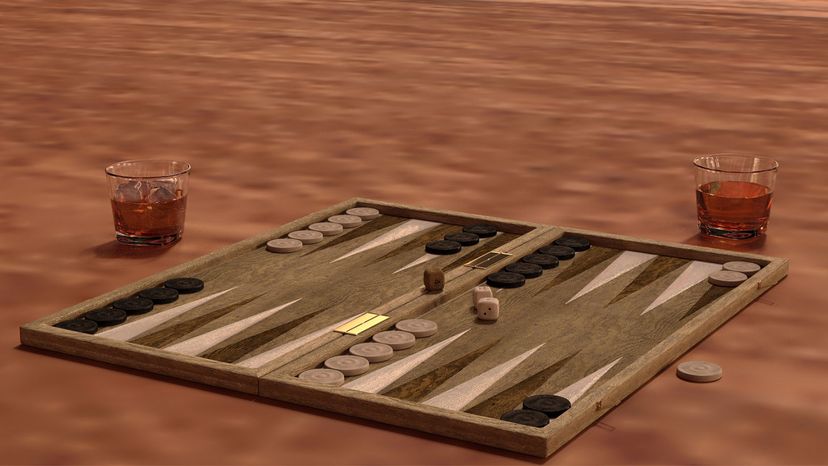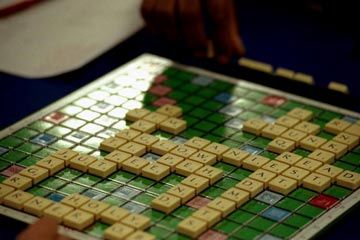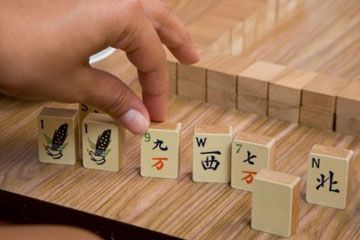Backgammon Equipment

Backgammon isn't like golf, where you might plunk down thousands of dollars to get started in the sport, but your wallet will still take a few hits. The biggest investment is the board. Tournament-sized models run somewhere between $250 and $1,300. These boards deliver better results because they allow the dice to turn several times without rolling on top of the checkers or bouncing to the floor. Smaller, less expensive sets are also available, but as with many things in life, you get what you pay for.
The boards typically fold up into little briefcases, making for easy transport. When it's time to play, you open up the briefcase and lay it flat to create the board. The first thing you'll notice about the board is that it's separated into quadrants. A ridge down the center, where the hinges are located, divides the board in half. This ridge is known as the bar. An imaginary line running perpendicular to the bar halves the board again, forming the quadrants. Within each quarter sit six narrow triangles of alternating colors. These triangles are called points or pips, and because there are four quadrants, each board has a total of 24 points. The quadrants are known as the player's home board and outer board and the opponent's home board and outer board.
Advertisement
The pieces — known as stones, men or checkers — march along the points based on a player's roll of the two dice. Each player starts with 15 checkers, which come in a variety of colors. If they blend in with the color of the points, however, they can be more difficult to see during game play.
Players have two standard dice with six faces, each bearing a number from 1 to 6. Most serious fans of backgammon prefer to use precision dice, which have rounded corners to make them roll more — and more randomly. The dice normally match the color of the checkers, but not always. Some players like clear ones because they have a marking inside that makes it easy to see if an opponent is trying to switch out good dice with crooked ones that are weighted to give more favorable rolls. Dice shakers, or cups, also prevent cheating. Shakers should be large enough to allow the dice to tumble around inside and should have a lip so that the dice rotate out of the cup when rolled.
Finally, every backgammon board comes with a doubling cube, a six-sided die bearing the numbers 2, 4, 8, 16, 32 and 64 that raises the stakes of a match (more on that later). Of course, a novice should master the basics of backgammon before scooping up the doubling cube, and doing so begins with setting up the board properly. We'll cover that next.


